People have short attention spans. They want to get what they are looking for like yesterday. And when finding information online, they don’t read but scan content.
Writing well-structured blog posts can help people find the information they are looking for immediately after they come.
This could help to boost conversions as well.
That’s why it’s advisable to start your blog post writing with an outline/structure.
Another reason why it is recommended to have a structure of a blog post is to make it easy for you to create content that’s bound to attract readers and convert them fast.
Blog post structure is important for SEO as well

Well-structured blog posts improve the readability of your text which makes it easy for people to understand your content.
Or in other words, a blog with a clear structure helps readers to find answers to their burning questions.
This is a good user signal that encourages Google to show your blog posts at the top pages of search results.
But how do you write a well-structured blog post?
In this in-depth guide, you’re going to learn how to write a blog post with a clear structure.
Ready to learn?
Alright, let’s get rolling.
1. Know Your Blog Readers
Typically, people coming to your blog are looking to find answers to their questions or to learn something they don’t know.
Remember that close to 4.5 billion blog posts are being published every day.
So, you want to create blog posts that stand out to achieve your blogging goals.
 That’s why it’s important to find out who these people are and what content they want to read when they land on your blog.
That’s why it’s important to find out who these people are and what content they want to read when they land on your blog.
Thankfully, with a ton of tools (both free and paid) out there you don’t have to guess who your target audience is.
So, first, do a target audience research and competitor analysis.
It’s easy to do this.
With KewordTool.io, you can identify the most popular search terms people are entering on search engines that are related to your industry when looking for information.
You can also find questions people are asking on Quora or use SEMrush to see the type of content your competitor is publishing so you can steal some ideas from them.
2. Get Inspirations From the Top 10 Blog Posts
There is a reason why Google ranks those blog posts you see on the first page.
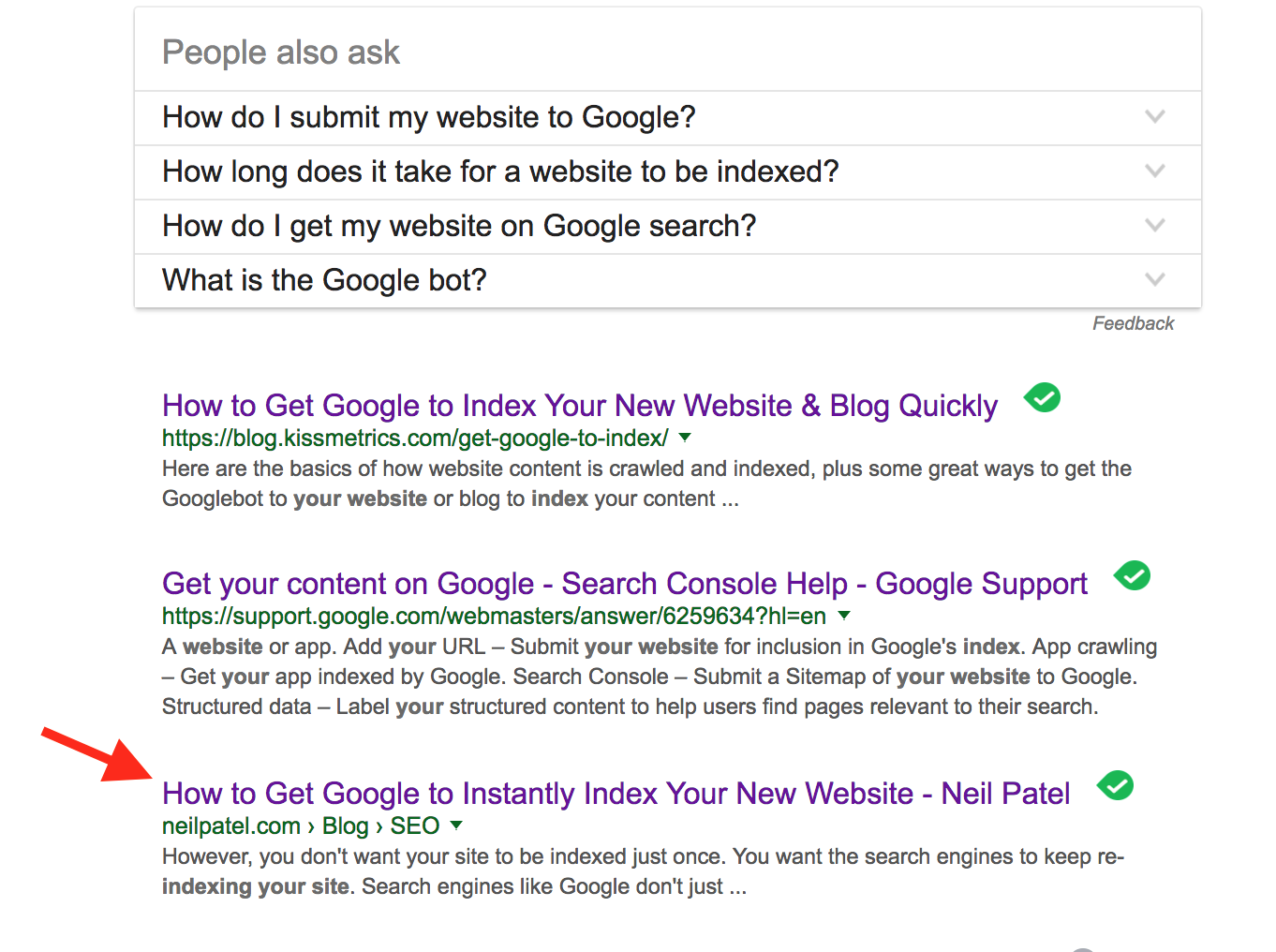 You see, part of the success that many people have achieved through blogging is learning how successful bloggers do their things.
You see, part of the success that many people have achieved through blogging is learning how successful bloggers do their things.
And honestly speaking, blog posts don’t are written differently.
As mentioned above, a well-structured blog post could attract a ton of visitors.
Typically, a successful blog post drives massive value. And this doesn’t matter what industry you’re in you MUST provide value to your readers.
In his own words, Neil Patel says that he has seen huge success in creating high-quality and in-depth content that adheres to a proven plan.
Through this strategy, his blog has been able to drive massive organic traffic every day.
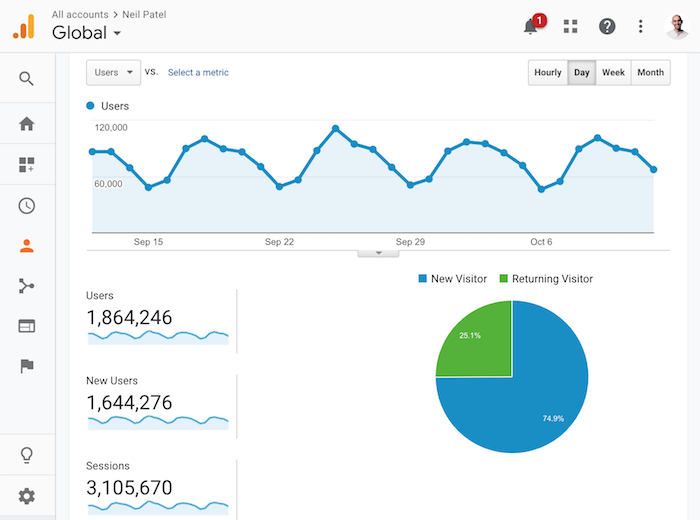
If you take a look at the top ten blog posts, you will notice that all have a proven plan which makes it easy for readers to find information easily and understand the content.
3. Create a Compelling Headline
Studies suggest that out of 10 people who read the headline copy, only 2 are going to read the rest of the blog post. Besides, people share blog posts based on the headline.
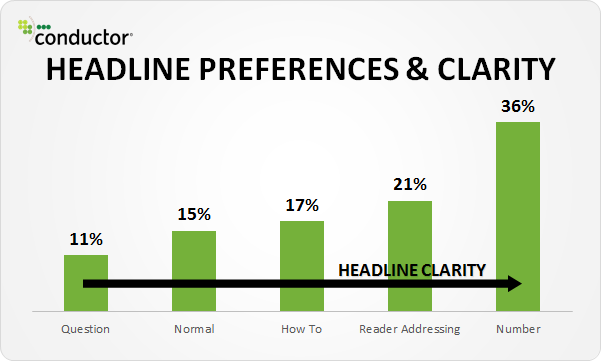
That means that if the headline of the blog post is boring then no one will read or share it with other people.
So you want to make your headlines as compelling as possible to convince people to click and encourage them to continue scrolling.
To create compelling headlines for a blog post, you need to test different versions of the headline on the EMV headline analyzer or use your preferred tool for that matter.
This will help you learn how to improve your headline.
As a rule, all blog posts must have only one H1 headline.
Also, avoid making your headline a clickbait. A properly written headline should communicate what the blog post is all about right away.
Here’s an example:
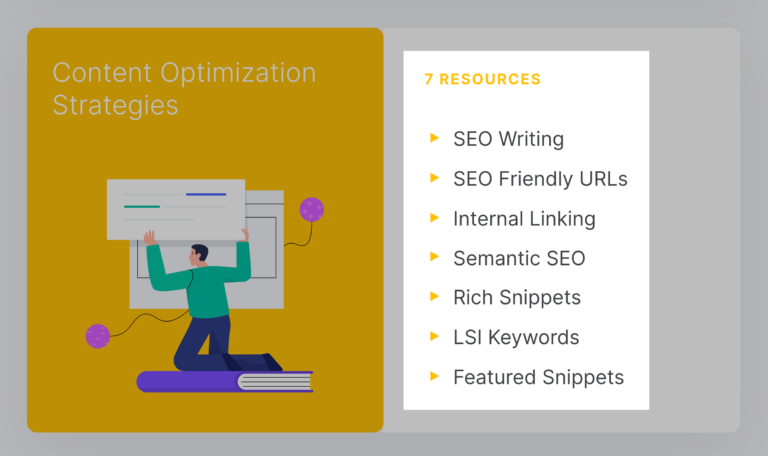
Writing a clickbait headline will do more harm than good because people will click the blog post and bounce back immediately.
And when the bounce rate is high, search engines mark your content as low-quality which ultimately hurts your rankings.
» Include your main keyword in the headline
Talking of search engines, to make your headline communicate the purpose of the post, you may want to add your main search phrase in there.
As you make it easy for people to understand what the post is all about, you also need to make your post rankable by integrating the keyword in the headline.
Make sure your main keyword integrates naturally though.
Don’t force things.
» How to write compelling headlines
As mentioned above, clickbait headlines are going to hurt the success of your blog posts.
Your headline should attract people immediately when they see it in search results.
However, you want to make sure your headline adheres to the proven rules of a proper headline.
Ideally, a proper blog post headline needs to be 80 characters or 15 words long.
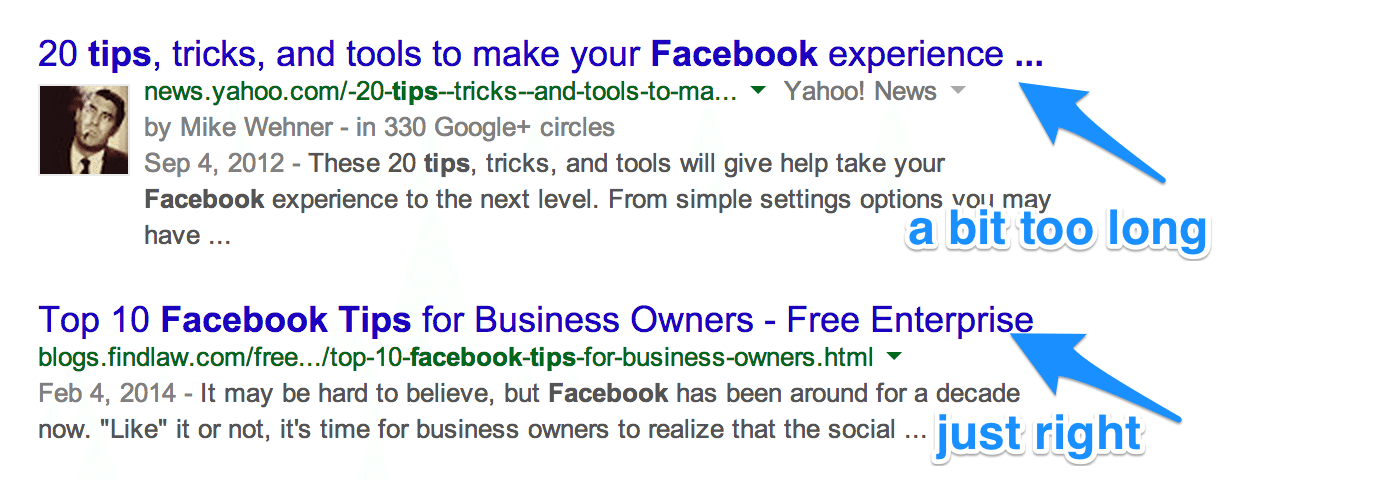
You may also want to use specific numbers or data especially if you’re writing listicle types of blog posts.
You could also write headlines that show urgency. Make the readers know what benefit they will get by clicking your headline.
4. Write a Clear Introduction
People can tell whether your blog posts are valuable or not by just reading your introduction.
Your introductions are your valuable real estate.
Part of the reason why many blogs are grappling with a higher bounce rate is the lack of clarity in their blog posts’ introductions.
Ideally, your blog post introduction should let your readers know what they are going to read right away without taking them in circles.
Depending on your target audience, you can start your introduction with an interesting story about yourself or some interesting statistics that keep them wanting to find out more by scrolling down.
To write a clear blog post introduction, identify the problem you’re trying to solve for your target readers…and make sure you’re not going to address anything other than that one problem.
This is where keyword research becomes helpful. Having the right keyword before you start writing your blog posts could help you stay focused.
5. Follow a Good Blog Post Format
No matter how well-crafted your blog post is, no one is going to read the entire thing.
People have short attention spans these days.
So, you want to grab their attention right away.
The first thing people do when they land on a blog post is to skim through the content before they decide whether to read it or not.
» Add as many headings and subheadings as possible
It’s important to break your blog posts into headings and subheadings.
This helps your readers to skim through your posts to read the points they are most interested in.
Also, keep the content inside your headings and subheadings as short and straightforward as possible and add your LSI keywords in them as well.
» Write short paragraphs
Short paragraphs are easy in the eyes of your blog readers.
Ideally, blogs are meant to educate readers on something, help them find answers to their questions, or get their problems solved.
To achieve all these, you need to break your blog post into shorter paragraphs so your readers can digest your content easily.
Longer paragraphs aren’t easy to read on mobile and given that Google favours mobile-friendly content you need to keep your paragraphs as short as possible.
You may want to keep your paragraphs no longer than 5 lines.
» Use as many bullet points as you can
Bullet points help to highlight your most important information. They also make it easy for people to find the information they are interested in without having to read the entire blog post.
As a rule, when writing bullet points, let them communicate clear benefits.
Don’t make your bulleted points too long as well.
» Have a clear call-to-action
Studies suggest that humans have an attention span of 8 seconds.
So, you want to call them to act as quickly as possible.
Generally, a call-to-action, famously known as CTA informs lets the reader know their next course of action.
The action you may want your readers to take may include leaving a comment, asking any questions, sharing your blog post, providing suggestions and recommendations, following you on social media, or proceeding to purchase your offers.
Place your CTA at the end of your blog post and make sure it is clear and direct.
Avoid adding too many CTAs, as well.
» Have a conclusion that leaves an impression
How you conclude your blog post could make your readers want to come back to read more of your blog posts or go away for good.
As a rule, the conclusion part is meant to sum up your main points or tie things up as you could do with an essay.
Don’t bring new things to the conclusion.
6. Make Your Blog Posts as Comprehensive as Possible
People love to read blog posts that talk above the top in a more detailed way. Equally, search engines love in-depth content because they believe it provides value to readers.
This blog post you’re reading is 2,000+ words long yet still there are other things we left out.
Usually, our goal is to give readers all that they want to get when they land on our blog.
Besides, longer blog posts increase “time-on-site” (the time people spend on your blog) which signalizes search engines that people love your blog posts.
Note that however, while it is recommended to write long-form blog posts, you also need to avoid adding too much fluff to your content.
Bonus Tips on How to Create Well-structured Blog Posts
Bonus #1: Include Images
Adding images to your blog posts helps to achieve several purposes.
For instance, they add attractiveness to your blog posts. Besides, the human brain understands visual content much quicker than text-based content.
So, to keep people engaged with your blog posts, add as many high-quality images as you can.
Another important reason to add images to your blog posts is to break up your blog posts.
You see when readers are scrolling through your blog posts, images give them a reason to pause.
The good thing is that you can take your own photos, create them using available apps or use stock photos.
There is a ton of free high-quality images on the internet you can add to your blog post.
Bonus #2: Keep Your Blog Post-Simple to Understand
HubSpot uses pain English In their blog posts; you must have seen that if you’re an avid reader of their blog.
When writing a blog post, it’s important to understand that you’re not in an English competition.
Your blog post should educate and inform your readers in the best way possible…and to achieve this, you need to use simple English.
Keep your sentences short and easy to consume as well to keep your readers interested in reading your blog posts.
As a general rule of thumb, make sure every sentence carries a separate point.
Bonus #3: Optimize for SEO
SEO can be tricky in the blogging world. Even though you’re required to optimize your blog posts for SEO, you also need to avoid hurting user experience.
For that reason, you should overdo one thing over the other.
Optimizing your blog posts for SEO lets you drive organic traffic to your site which ultimately improves your SEO rankings.
So, if you want to write SEO-friendly blog posts:
- Include a mouthwatering meta title.
- Write a compelling meta description.
- Add your focused keywords throughout your blog post naturally.
- Add LSI keywords in your headings and subheadings as well as inside text.
- Add Alt tags to your images.
- Have a proper internal linking structure.
And That’s How We Have Scratched the Surface
Blog post writing is both an art and a science. Learning how to create a well-structured blog post could position you as an authority in your industry.
So, when writing your blog posts no matter the industry you’re in:
- Know your target audience.
- Check the top ten blog posts on Google for inspiration.
- Have a compelling headline.
- Add your main keyword in the headline.
- Write a clear introduction.
- Format your blog post by using headings and subheadings; break your text into short paragraphs with bullet points where necessary.
- Have a clear call to action and a conclusion.
- Make your blog post detailed.
- Add images and videos.
- Keep everything simple, and…
- Optimize everything for SEO.
It’s that simple.
Did we miss an important point you think should be featured in this blog post?
Let us know that by leaving a comment below.


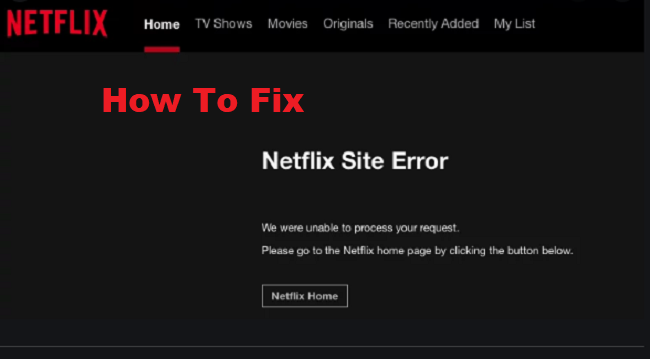
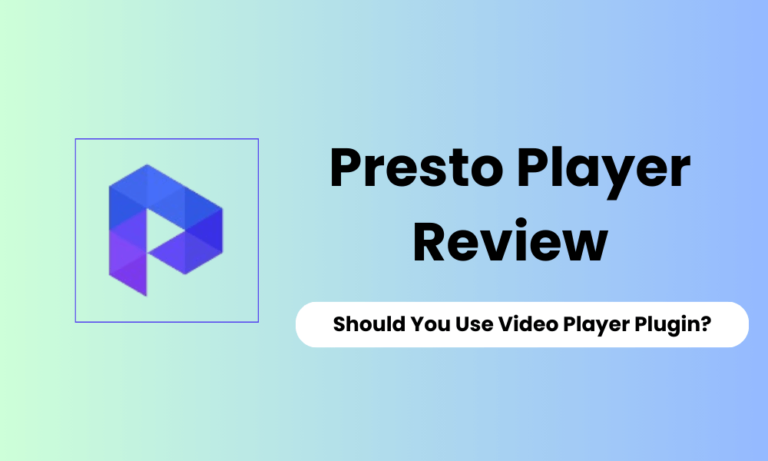

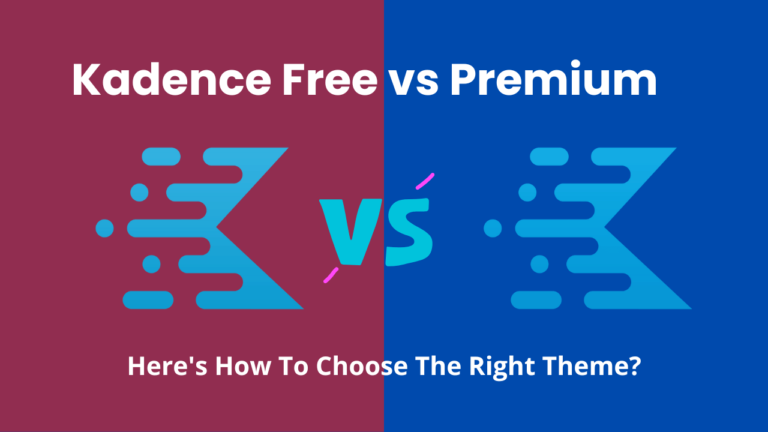

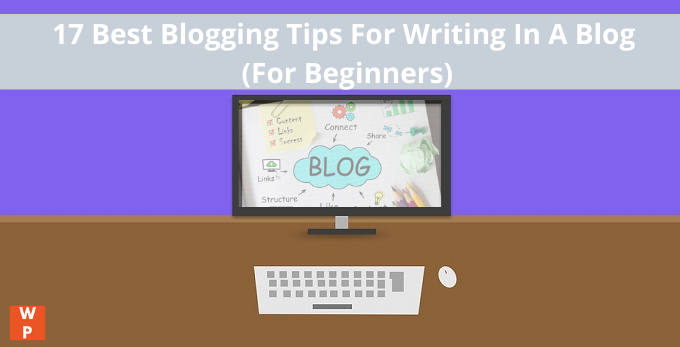
I am really impressed with your writing skills
Is this a paid theme or did you modify it yourself? Either way keep up the excellent quality writing, it is rare to see
a nice blog like this one nowadays.